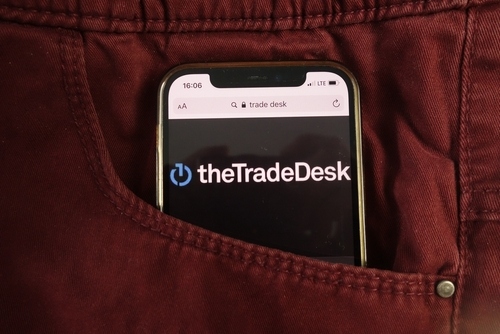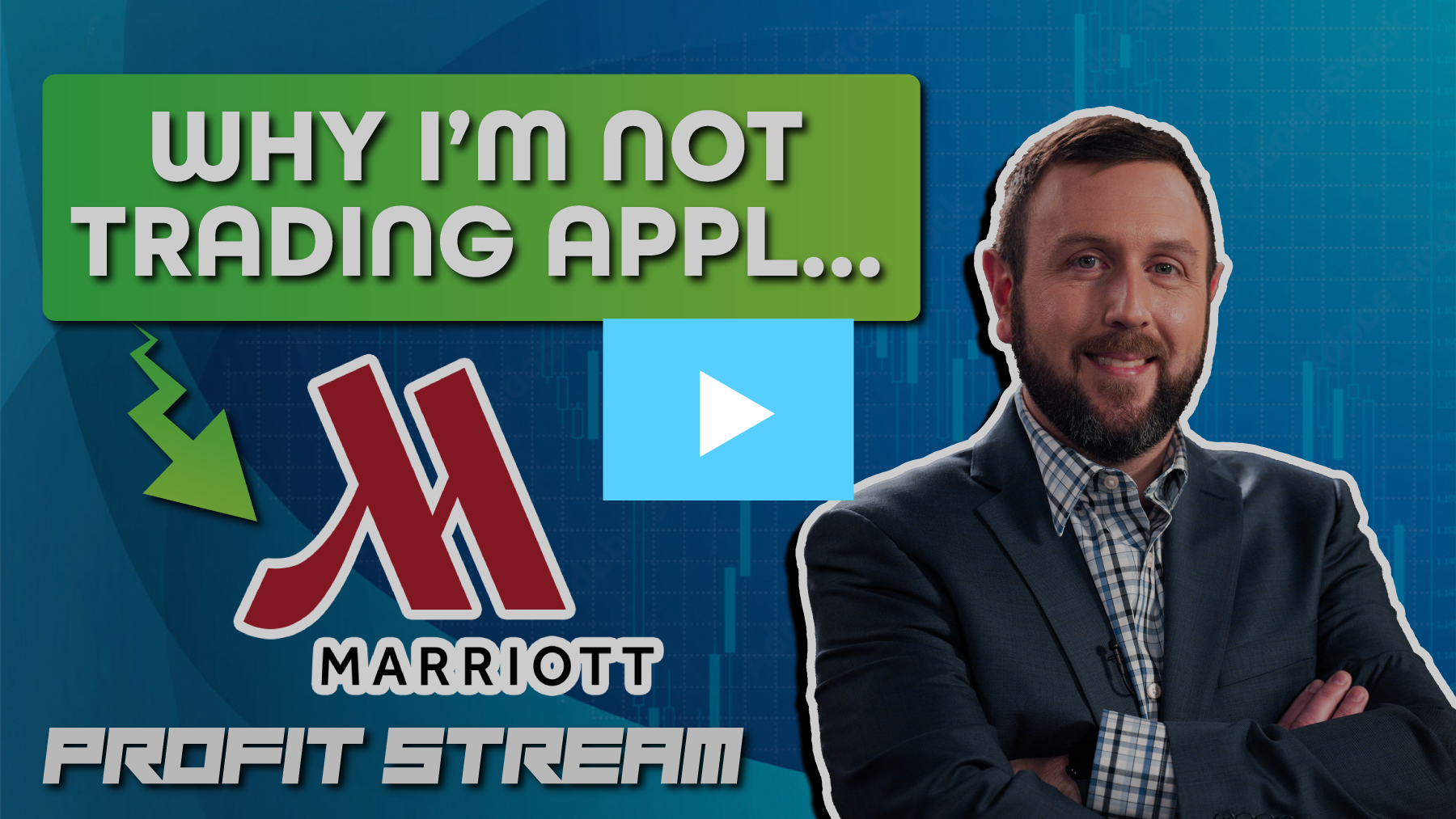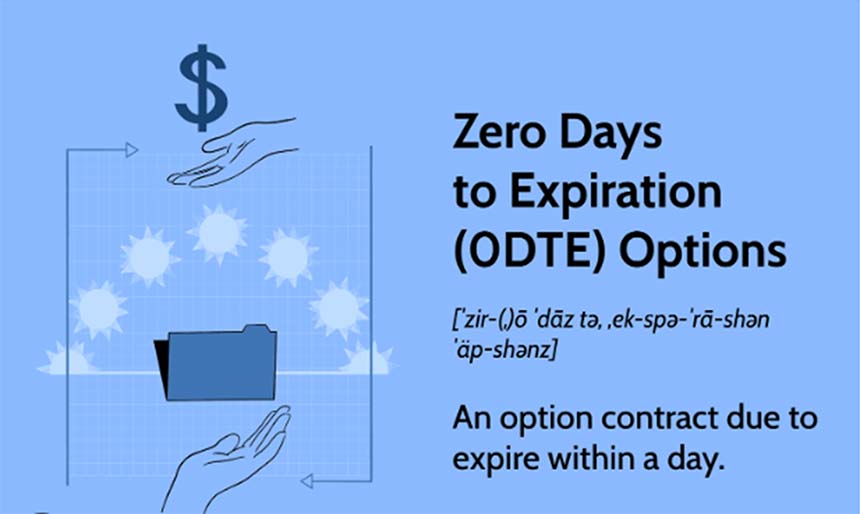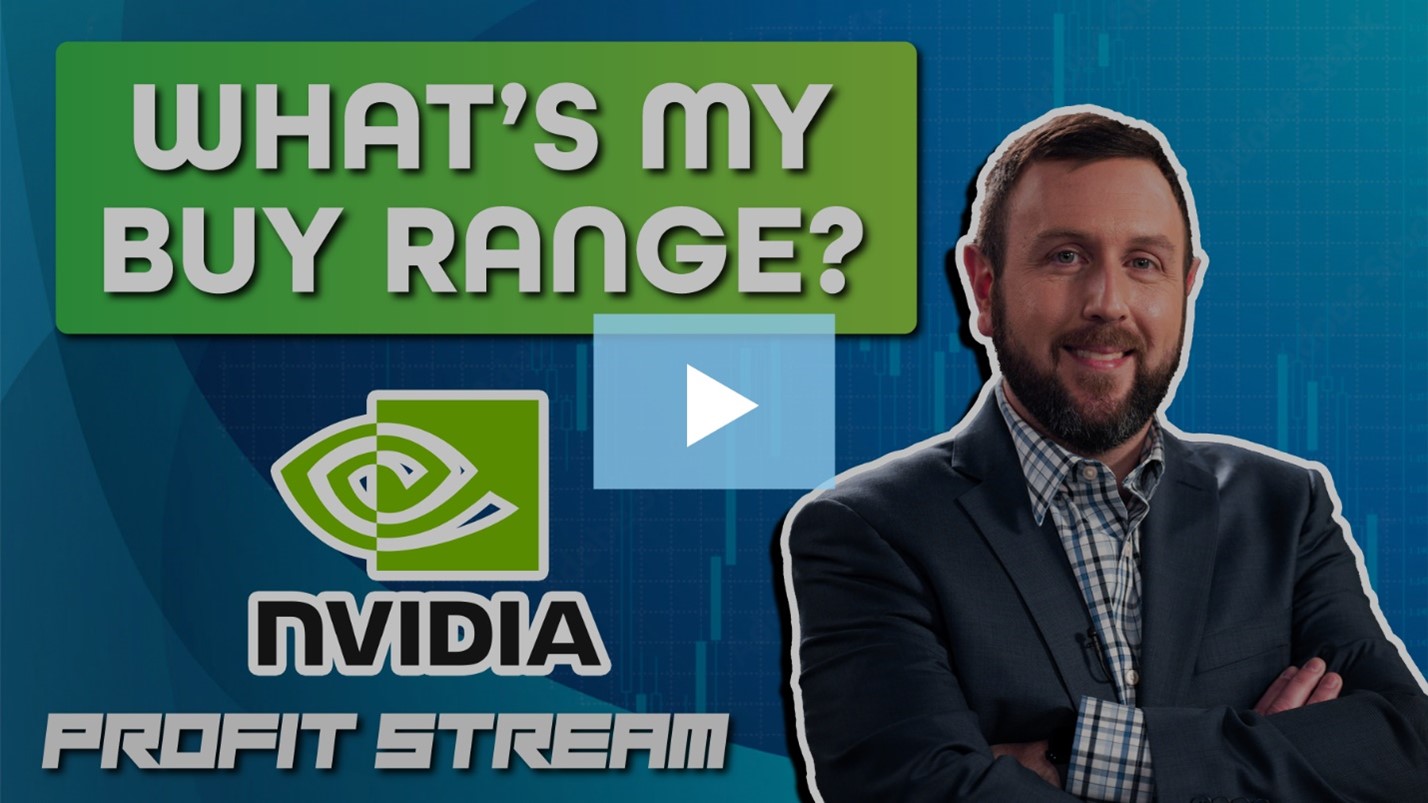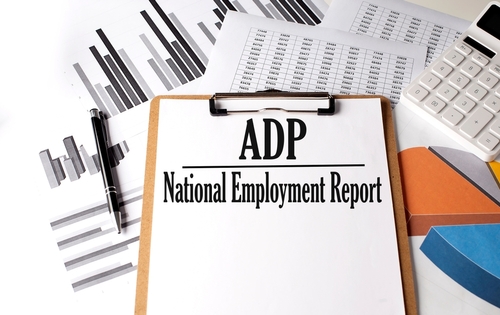The Best Way to “Disaster Hedge” Right Now (Part 2)
Hedging is not always profitable because it’s a protective measure that allows you to balance your risk. We know markets rarely move up in a straight line. But when they do, the risk of a major downside correction increases dramatically.
So you should be somewhat prepared. Using simple hedging techniques will help you to do just that…
Married Puts
This technique is an easy one. Simply buy out-of-the-money put options against shares of stocks that you own. A put option increases in value if the underlying stock decreases in value.
For example, if you have 2,000 shares of GM that you bought at $25, you may want to buy some insurance via the $22.50 put options that expire in November 2020. This way you have protected your downside to the tune of 10%. Any move that GM makes over 10% lower means your puts will pick up some value. Of course, there is time value that erodes the price of the option daily, but if you get a big crash – let’s say to $15 – your put will be worth at least $7.50 to offset some of the $10 loss you took on the shares.
You can design an entire portfolio to be protected in this way when you know there is an event coming that could really be damaging. If the event moves in your favor, then the gains from the long side of your positions should outweigh your hedges substantially.
If I have a big position in a particular stock or sector and it’s not paying dividends, I will use a specified percentage as my max pain point for an event like earnings. I’ll then use that max pain percentage, sell my stock and take the proceeds of the sale to buy call options that expire a week or two after earnings are released. That gives me ALL the upside but protects my downside in case there is a massive move lower after the release. And if the news is positive, I’m positioned to switch back into the stock with a minimal loss or a potential gain.
Leveraged ETFs
These are great for trend moves. If the market moves lower every day, leveraged ETFs will provide you with more noticeable returns. Just know that these reset daily and will not make you money unless you have a really big move right after you buy it. A choppy market will not help with these. Here’s what my portfolios look like right now…
In my stock portfolio, I have lots of dividend-paying stocks and small caps that don’t have Long-Term Equity Anticipation Securities (LEAPS) options.
In my options portfolio, I have…
- LEAPS options on stocks that don’t pay dividends (this allows me to risk 10% to 15% of the amount I would invest in the same stocks). I expect to exit these options positions within a year or two.
- Lots of spreads for high-premium stocks like DraftKings and casino stocks like MGM since the sector is so volatile.
- Pure speculations – cheap options on potential flyers like Overstock and Plug Power.
Action Plan: Bottom line is that I look for ways to minimize my outlay by using spreads, covered calls, etc. For stocks I really want to own, I sell puts to generate income while I wait. However, in ALL cases, I POSITION SIZE.
My hedges consist of VXX calls, SPY puts, DXD diagonal spreads to account for leakage, gold shares/options and cash.
My spreads work like a charm. On down days in the general market, my hedges allow me to lose less, and on up days, I make up for those losses.
These are things we discuss and put into play frequently in The War Room. Join me now to take your place at the table!
P.S.Take Profits Alert! After a monster earnings report, our position on Carvana (NYSE: CVNA) is now up over 100%. Let’s safely take profits on HALF of our remaining position – and let the last quarter ride!
More from Trade of the Day
The No. 1 Insider Stock for 2024?
Jul 26, 2024
Why I’m Buying This 3-month Trigger Catalyst
Jul 24, 2024
Jul 23, 2024


